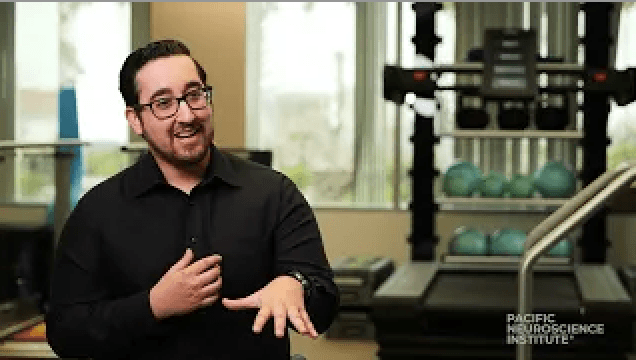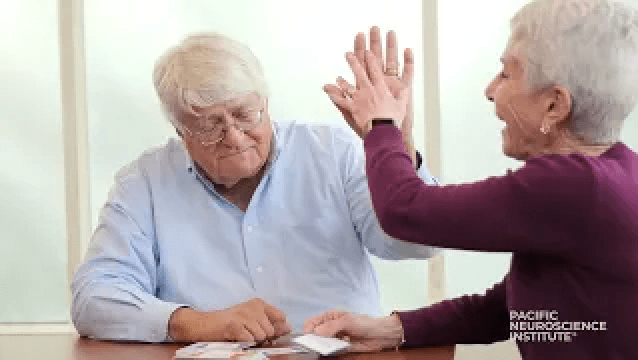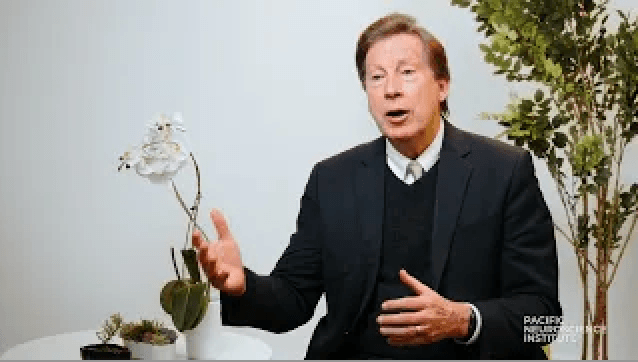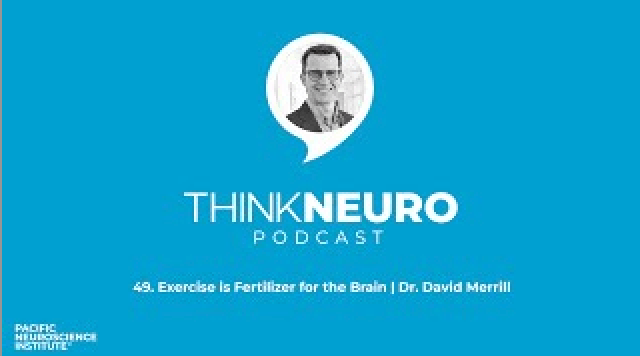

Maximizing the Benefits of our Aging Populations
by PNI Experts
The percentage of people over the age of 65 continues to climb while the percentage of those under the age of 18 decreases. What does this Great Age Wave of aging populations mean and what are the implications?
There are currently roughly 62 million adults ages 65 and older living in the U.S., accounting for 18% of the population. By 2054, 84 million adults ages 65 and older will make up an estimated 23% of the population according to the Pew Research Center. Though the number of adults over the age of 65 varies by country, the reality is that the world as a whole is facing the “Great Age Wave”.
While our global aging populations may surprise some, Scott Kaiser, MD, a board-certified family physician, geriatrician and Director of Geriatric Cognitive Health at the Pacific Brain Health Center, Pacific Neuroscience Institute, continues to educate his patients, caregivers, and the community on what this demographic shift will mean for the future.
The Great Age Wave: How did we get here?
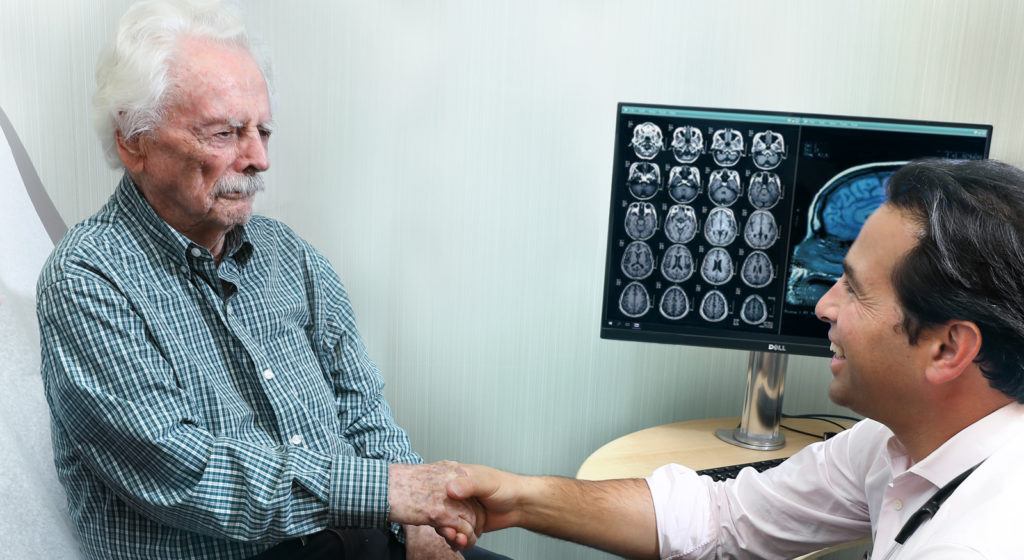
Life expectancy as a factor in aging populations
According to Dr. Kaiser, there are several factors that have played a role in bringing about the shift towards an older demographic, the most significant being an increased life expectancy.
- The Global Burden of Disease Study (GBD) 2021, published in the May 2024 issue of The Lancet, forecast that global life expectancy will increase by 4.9 years in males and 4.2 years in females between 2022 and 2050.
- Of note, life expectancy improvement was at a slower pace than in the three decades preceding the COVID-19 pandemic (beginning in 2020).
- Furthermore, the World Health Organization (WHO) expects thousands born at the end of the 20th century to live through the 21st century and see the start of the 22nd century. Such a staggering prediction is underscored by the fact that the largest group in the aging population are those over the age of 80.
Advances in the improvement of public health remains the main reason for the increased life expectancy. In many parts of the world, people are no longer dying from infectious illnesses that we are preventing through proper plumbing and sanitation. In addition to public health measures, advances in medicine have helped to curb the spread of disease with vaccines and also treat them with medicines like antibiotics.
Aging Baby Boomers contribute to top heavy population stats
The second factor contributing to aging populations, is a cohort effect where the aging of our population can largely be attributed to the arrival of the Baby Boomers. The Pew Research Center reports that with the aging of the Baby Boomers, people born between 1946 and 1964, about 10,000 people, have been turning 65 each day since 2011 and will continue to do so at this rate.
Declining birth rates means fewer younger people
Finally, a declining birth rate in developed countries, where lifestyle choices and rising cost of raising children have played major roles in family planning, has further contributed to general aging populations and has resulted in an “inversion of the population pyramid”—where you have less young people at the base and more and more older people towards the top.
According to an April 2024 press report from the National Center for Health Statistics, the general fertility rate in the United States decreased by 3% from 2022, reaching a historic low. This marks the second consecutive year of decline, following a brief 1% increase from 2020 to 2021. From 2014 to 2020, the rate consistently decreased by 2% annually. At the same time, the U.S. Census Bureau reports that those aged 65 and older will reach 83.7 million by 2050, almost double from the 2012 level of 43.1 million.
These statistics are daunting and can cause concern, but Dr. Kaiser believes there is more than meets the eye with this demographic shift.
Maximizing the benefits of wisdom

For many, this demographic shift to aging populations is considered a Silver Tsunami as people contemplate the potential burden of an overwhelming number of people retiring, collecting social security, placing human and economic demands on the medical system, and the like.
However, Dr. Kaiser makes it a point not to refer to it in this way.
He explains the two reasons he takes issue with the term: “First, a tsunami is something that takes you by surprise and that you really cannot prepare for; on the contrary, this demographic shift has long been predicted and something we can count on to occur with great reliability—like clockwork! We have known about this for years; people have been preparing for this since the 1960s.
Second, tsunamis are destructive forces, not only taking us by surprise but leaving massive devastation in their wake. While people may frame the aging population in such a negative light, with foresight and preparation, our new longevity should come as a great blessing, not a curse. The 30-plus-year gain in life expectancy over the last century represents the culmination of some of our greatest human achievements; focusing now on adding not only years to our life, but life to those years, we may all reap the benefits!”

Instead of focusing on the medical and economic strain an aging population may pose, society should look at what an amazing asset older people can be. Dr. Kaiser explains that, in a way, the aging population is the world’s only increasing natural resource and one that should be a great asset.
The greater access to individuals with wisdom, experience, and perspective, Dr. Kaiser suggests, in and of itself may be a great benefit to society and a key to addressing complex challenges.
Beyond that Dr. Kaiser adds, as we seek ways “to tap into the value of the great age wave, finding ways to support older adults in remaining engaged and enjoying a greater sense of purpose, we can begin to maximize our human potential.” Pointing out that social connection, volunteering, creative engagement, and having a sense of purpose are factors that both directly support healthy aging and make for healthy communities. “This is the path to a whole range of win-win solutions benefiting all generations,” Dr. Kaiser concludes.
Precision brain health interventions for successful aging
Dr. Kaiser acknowledges that while aging is something we can embrace, he does not deny the potential challenges. He recognizes, for example, that the majority of people over the age of 65 suffer from multiple chronic conditions and on average have more costly and complex medical needs. However, he underscores that many of these chronic conditions are preventable or manageable.

What does he suggest for aging populations? A change in perspective; advancing efforts for example, that transform our “sick care” system that is too often narrowly focused on treating acute disease to a healthcare system that prioritizes prevention and supports our well-being.
Individuals can take their health into their own hands. Embracing the P4 methodology proposed by Dr. Leroy Hood in his book The Age of Scientific Wellness, individuals can maximize their health. P4 medicine is personalized, predictive, preventative, and most importantly participatory. With a precision health approach, individuals can maximize their quality of life for both body and brain.
Preparing for an older world, our new reality, will undoubtedly require great investment—monetary and beyond. Focusing on the things that matter most, leveraging the experience, desires, and needs, of our elders, transforming the world to leave it a better place, we may realize great benefits.
Long visible on the horizon, the Great Age Wave is upon us. Now is the time to get ready, jump in, and enjoy the ride!
Brain wellness & lifestyle resources that maximize brain power
Older adults aspire to enjoy their senior years and reap the benefits of a life well-lived. Staying mentally sharp is life-changing, enabling them to remain meaningfully integrated into society. Many worry about health and memory issues, particularly cognitive decline, as well as stress and sleep problems. Finding resources to support aging adults benefits not only the individuals but society as a whole.
For more information about Brain Wellness & Lifestyle programs at Pacific Neuroscience Institute®, contact us at 213-344-2037 or schedule a consultation. In addition, PNI’s precision brain health program offers specialized services to optimize your brain health throughout the lifespan.
About Dr. Scott Kaiser
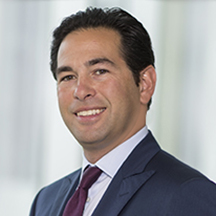
Scott Kaiser, MD, a board-certified family physician and geriatrician, is the Director of Geriatric Cognitive Health and provides specialty geriatric medical consultations at the Pacific Brain Health Center. Focused on the needs of older patients, he works with his colleagues to provide an integrated and holistic approach to their cognitive challenges. With this “whole person” approach, Dr. Kaiser works to connect patients and their families with a broad range of resources to support their overall health and well-being. In addition, Dr. Kaiser is Chief Innovation Officer at the Motion Picture & Television Fund (MPTF), a charitable organization serving members of the entertainment industry community. In this role, Dr. Kaiser leads efforts to improve population health and well-being through social and community-based interventions that aim to support people in living and aging well.
Useful Links
Related Articles
Related Videos
About the Author
PNI Experts
Last updated: August 14th, 2024




